|
Field services and fleet management go hand in hand, while IoT (Internet of Things) continues to provide essential real-time intelligence to improve visibility, safety, and operational efficiencies. Connectivity, tracking, and telematics are at the center of the advancements being made in these industries. When you think about field services, you think many moving parts that need coordination…you think a wide range of logistics synchronization, customer support, delivery operations, and other coordinated activities that are all collectively brought about to make sure products/goods and services are delivered on time, with superior customer service, and with complete accuracy and safety. Field services and operations may include activities such as collecting customer insights, scheduling/dispatching of fleets, bid and estimate calculations, work orders and troubleshooting, and other administrative functions such as billing, accounts receivable, client/customer relations, and more. In addition, some field service teams may also include repair, maintenance, installation, and other services where technicians are required. People, processes, planning, and profit remain the four critical components of field services. The industry continues to move towards a digital transformation journey embracing cloud, software as a service, and IoT.
On the other side you have fleet operations that may require tracking, safety protocols, management, compliance, and coordination. So many industries rely on fleet operations including public safety, construction, HVAC, energy (oil & gas), shipping/logistics, telecommunications, waste management, public transportation, and just about any industry that has repair/maintenance/technician operations. Once a technician needs to be dispatched or needs to complete a delivery, there are many facets to organizing, coordinating, and tracking assets across the fleet. Tracking may take place around the assets in the vehicle, the fleet vehicles, and the drivers or mobile workforce. The human element remains important as safety and compliance become a top priority for drivers, workers, and technicians. The innovation taking place across field service and fleet management is driven by technology, and more specifically IoT, smart cameras, GPS tracking, telematics and real-time intelligence garnered through automation (AI, machine learning), sensor systems, edge computing, and software. Moreover, are the platforms and software systems that enable transparency and management, providing visibility across the fleet and field operations. GPS Insight is one such company bringing together field services and fleet management. In January 2022, GPS Insight acquired FieldAware, and CEO Gary Fitzgerald shared, “Our focus has been on bringing together fleet data and telematics technology with field service management solutions.” Of course, there are vendors operating in these fields but very few provide a streamlined portfolio of services to serve both field service and fleet operations. GPS Insight continues to have a laser-targeted approach and states, “Joining forces with FieldAware not only extends our competitive advantage across the field service and fleet management landscape, but also provides new capabilities to transform customer satisfaction into a new standard: customer success.” Field service and fleet management industries were hampered over the last few years and still grappling with the pandemic impact and supply chain shortages. The U.S. is also facing labor shortages, which further creates constraints for hiring and maintaining worker satisfaction. Profit loss, worker retention, and supply chain issues remain top of mind for many leaders in these sectors. However, labor shortages will push us further into relying on technology, automation, and real-time intelligence to get things done efficiently. Compass Intelligence expects field service and fleet management to remain one of the largest contributors to IoT connections growth, as we increase connectivity and tracking of people, assets, and fleets. IoT is and will continue to be essential to meet these challenges head on and provide real-time intelligence for improved operations and supply chain visibility. Further Reading:
In case you didn't know, BlackBerry is not only ramping up its portfolio around IoT security services and solutions, but they are also in the asset/fleet/cargo tracking market. Based on telematics research available on compassintel.com, total global asset tracking market will reach $27.1B by 2023, growing at 14.8% compound annual growth rate, with North America holding a strong 37% of the market share. When you add fleet tracking and cold chain tracking to this, it become an even larger market opportunity.
"The BlackBerry® Radar family of products is an all-encompassing asset tracking solution that gives fleet assets such as trailers, vans, containers, flatbeds, chassis and equipment the intelligence to securely communicate in near real-time."
Blackberry introduced BlackBerry® Radar (two versions including Radar-M and Radar-L) in 2016, and has really struggled to get to the market growth it needs to compete with the likes of Verizon Connect, Omnitracs (Qualcomm subsidiary), and others. This is a highly saturated market with 100s of companies competing just in the U.S. alone. The devices offer both an AT&T SIM and Orange SIM for connectivity, and customers can choose to pay all up front through a capital investment or pay a smaller up-front fee for the equipment and monthly recurring fee (MRC) for the services. There is also a lease option available for customers who prefer not to "own" the equipment. The primary telematics focus for BlackBerry is non-powered assets including cargo, low and high value shipping assets, and even cold chain assets. In an article in FleetOwner magazine BlackBerry SVP and General Manager Phillip Poulidis stated, "Radar customers are improving fleet efficiency on average between 7% and 10%." BlackBerry also stated a goal of reaching $100 million in revenue over the next three years from the telematics product.
A few additional notes...
All in all, BlackBerry will need to continue to push branding awareness in a very competitive marketplace, which may be challenging as it is not very well-known compared to the larger market players. The real opportunity would be for BlackBerry to set up a reseller/partnership ecosystem to push BlackBerry Radar (branded or white-labeled) to the masses, and this would mean partnering with other IoT telematics companies and wireless carriers, as well as non-traditional technology companies. Get this research! Asset Tracking Market by Technology, Connection Type, Mobility, Location Determination, and Industry Verticals 2018 – 2023 |
Inside MobileCovering hot topics in the industry, new research, trends, and event coverage. Categories
All
|


 RSS Feed
RSS Feed
